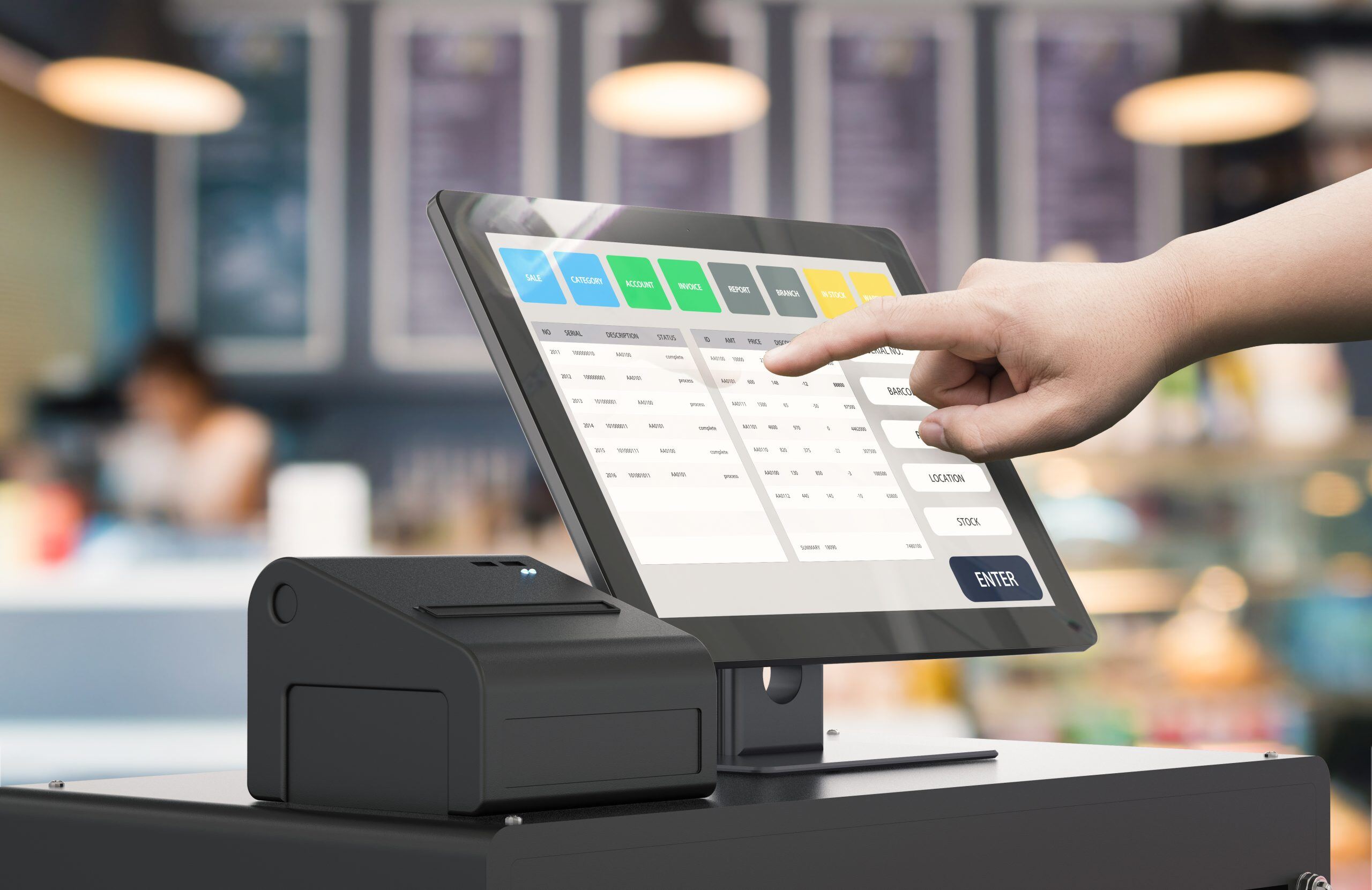Think about the last time you went grocery shopping. How many pieces of plastic did you come back with? Now think, that much...
Think about the last time you went grocery shopping. How many pieces of plastic did you come back with? Now think, that much plastic is just from your household, calculate the amount in respect to the number of homes in your area. Crazy, right? Every passing day makes it crucial for businesses to change their old and traditional ways of doing everyday business and try to be sustainable.
Because it is not just a fad anymore. Even if high inflation is curbing the spending capacity of average consumers. Being sustainable means making changes which try to reduce the harmful effects from the day-to-day responsibilities of the business on the environment and at the same time promoting better environment friendly practices and maintaining healthy profit margins.
What are Sustainable Grocery Stores
Sustainable grocery stores are establishments that prioritize environmental, social, and economic sustainability (also known as ESG) in their operations and product offerings. These stores aim to minimize their ecological footprint and promote responsible practices throughout the supply chain.
ESG (Environmental, Social, and Governance) considerations are gaining significant importance among investors, consumers, and various stakeholders. Companies with a robust ESG track record tend to be viewed as more appealing to investors and customers alike. By showcasing their commitment to ESG principles, these companies not only enhance their attractiveness which directly impact the profits margin but also increase their likelihood of complying with environmental regulations and avoiding potential harm to their reputation.
Here are five ways and practices grocery store sustainability can be achieved:
Organic and Locally Sourced Products
Grocery stores can prioritize organic food items that are produced without the use of synthetic pesticides, herbicides, or genetically modified organisms (GMOs). These stores can emphasize on locally sourced products, reducing transportation emissions and supporting local farmers and producers. Grocery stores often carry seafood and meat products so they can make sure the products are sustainably sourced, such as those certified by organizations like the Marine Stewardship Council (MSC) or the Certified Humane label for animal welfare.
“Food is the single largest component in landfills, per the United States Department of Agriculture, which also estimated that 31 percent of the food supply (from restaurants and stores) ended up in the landfill.”
Minimal Packaging and Waste Reduction
Plastic bags are incredibly common and widely used by shopkeepers due to their affordability when compared to sustainable and reusable alternatives. However, it's crucial to recognize that not all plastics are equal in terms of their environmental impact. Certain plastics degrade at a slower rate, posing a greater threat to the environment.
When purchasing products and goods, it is advisable to pay attention to the type of plastic being used. This ensures that the plastic can be appropriately directed to a recycling facility rather than ending up in a landfill. You can determine the type of plastic by identifying its resin identification code, which is typically a small number enclosed within a triangle symbol. Among these codes, the most environmentally harmful plastics are HDPE and PETE products.
Grocery stores can reduce packaging waste by minimizing plastic packaging, offering products in bulk or using eco-friendly packaging materials. Grocery stores can encourage customers to bring their own reusable bags, programs like BYOB, containers, and bottles, and may provide bulk dispensers for items like grains, nuts, spices, and liquids.
Energy-efficient Operations
LED lighting: LED lights are much more efficient than traditional incandescent or fluorescent lights, and they can last for up to 20 years. This means that switching to LED lighting can save grocery stores a significant amount of money on their energy bills.
Energy-efficient refrigeration systems: Refrigeration systems account for a large portion of the energy consumption in grocery stores. There are a number of energy-efficient refrigeration systems available today.
Natural refrigerants are those that occur naturally in the environment, such as ammonia, CO2, and propane. These refrigerants are often more energy-efficient than traditional refrigerants, such as HFCs. On the other hand, variable speed compressors can adjust their speed to match the cooling demand. Heat recovery systems can capture the heat that is rejected by refrigeration systems and use it to heat other areas of the store, such as the water heater or the HVAC system.
Remember to carry out regular maintenance can help to ensure that refrigeration systems are operating properly and efficiently.
Design that takes advantage of natural light: Grocery stores can save energy by designing their stores to take advantage of natural light. This means using large windows and skylights to let in natural light during the day.
Motion sensor lighting: Motion sensor lighting can be used to automatically turn off lights in areas of the store that are not in use. This can help to reduce energy consumption in the store.
Optimized HVAC systems: HVAC systems can also be a major source of energy consumption in grocery stores. Optimized and newer models HVAC systems with energy saving features can help to ensure that the store is kept at a comfortable temperature while minimizing energy consumption.
Socially Responsible Practices
Prioritizing fair trade products that support farmers and workers in developing countries by providing them with fair wages and safe working conditions are crucial. Remember, as a grocery chain, your employees will be a key factor introducing long lasting change. They may also offer products that are produced using socially responsible practices, such as supporting women's cooperatives or donating a portion of their profits to charitable causes. Another way to effectively reduce losses is to donate food that is nearing expiration or cook a portion on site. This can also help build brand image which in turn helps bring in more sales.
Education and Community Engagement
Sustainable grocery stores often play an active role in educating their customers about sustainable practices, healthy eating, and the environmental impact of food choices. They may organize workshops, events, or cooking demonstrations to promote sustainable living and engage with the local community.
Bonus Tip
Store-level composting is another great way for grocery chains to reduce their environmental impact and generate new revenue. By composting food scraps and other organic waste, grocery stores can divert these materials from landfills, where they would produce methane, a potent greenhouse gas. Composting also helps to improve soil quality, which can benefit farmers and gardeners.
Recent Posts
The phrase "New Year, New Me" is commonly used to...
This Holiday Season, Unwrap the Savings and...
Is your task list getting longer and longer?...
Posts by Tag
- Surplus Asset Management (5)
- Corporate Sustainability (4)
- Auction Options (3)
- Equipment Sales (3)
- Grocery Store Auctions (3)
- Removals (3)
- Restaurant Equipment (2)
- Used Grocery Equipment (2)
- POS systems (1)
- Refrigeration Equipment (1)
- Sustainability (1)
- Used Restaurant Equipment (1)
- auctions (1)
Popular Posts
In this current economic climate it’s not...
The push for every industry to “go green” is not...
Whether you’re looking to start a restaurant...





.png)
